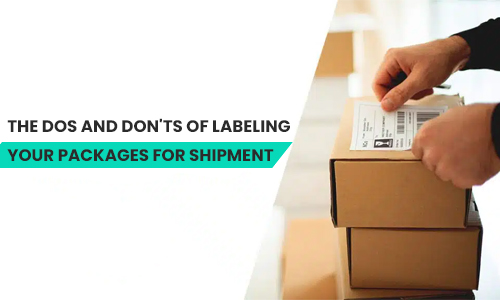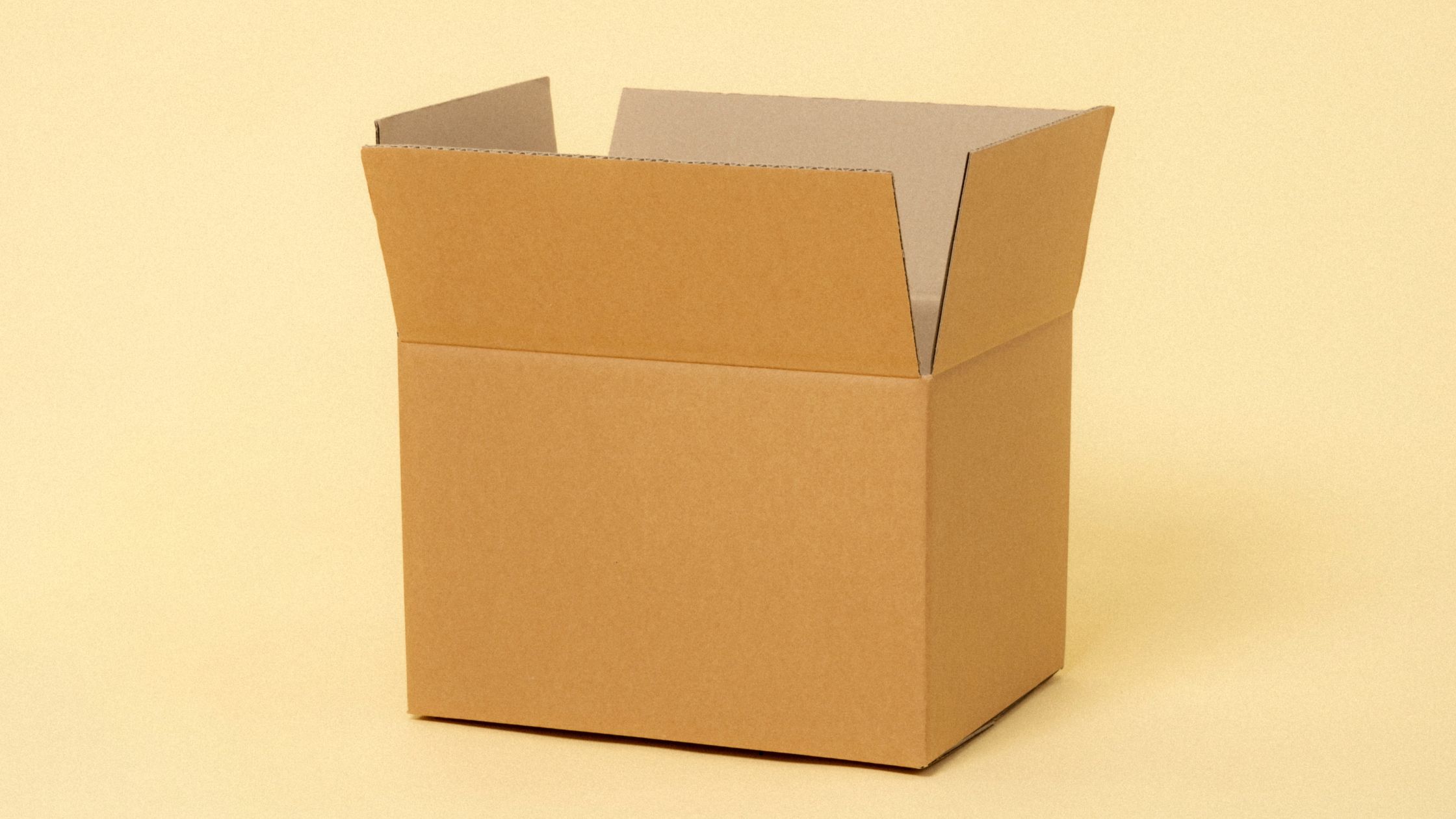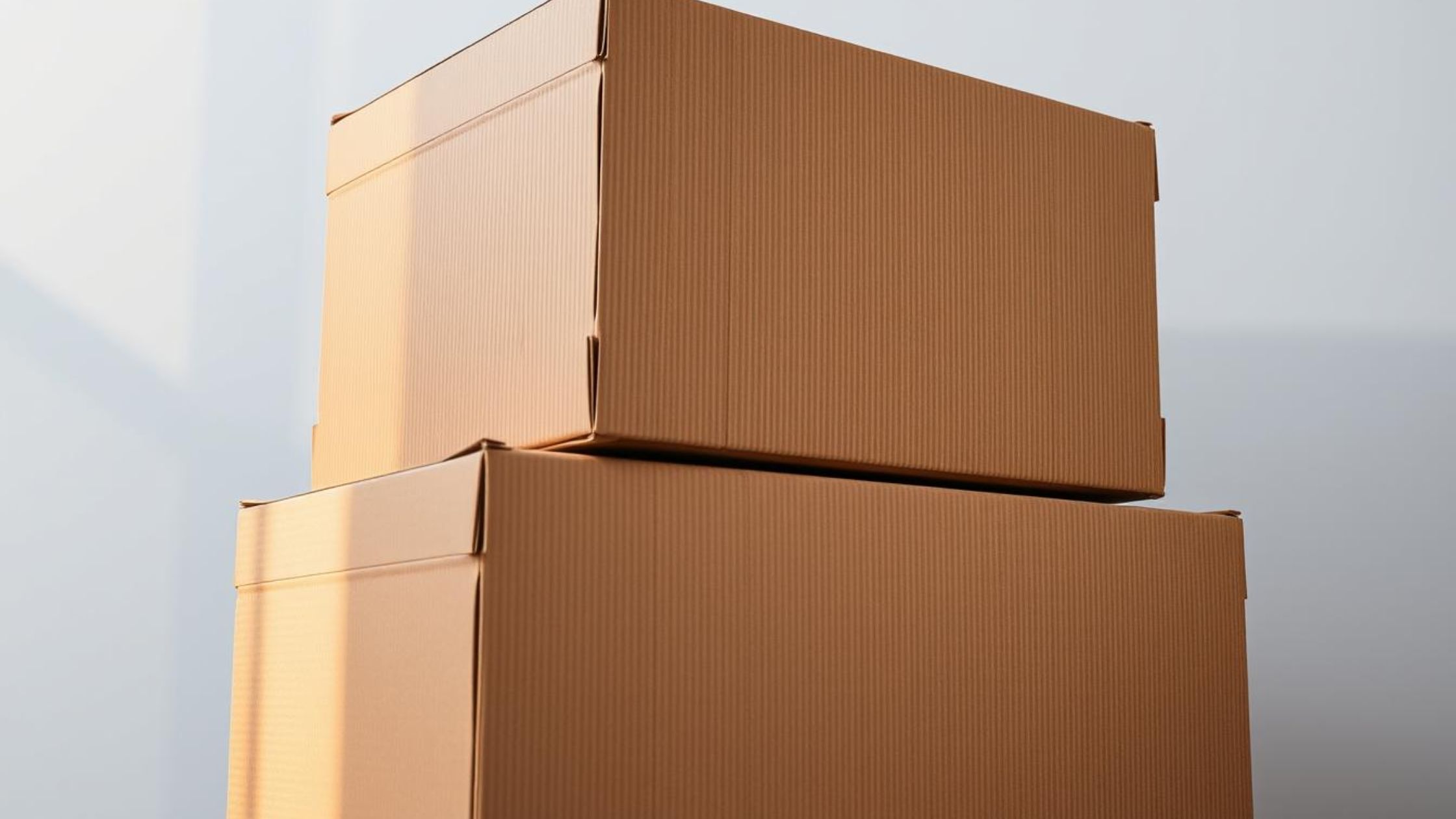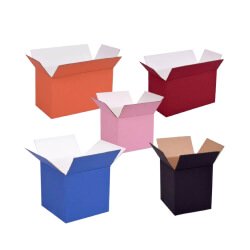
The Dos and Don'ts of Labeling Your Packages for Shipment
Shipping labels serve as crucial documents containing essential information for carriers to successfully transport packages from the originating warehouse to the customer's destination. They encompass vital details such as the postal code, country, tracking number, date, package quantity, weight, address, validation, and shipping location in terms of street, city, and state. Particularly for international shipments, these labels may also specify the contents enclosed within the package.
Moreover, these labels outline the chosen shipping method (e.g., Express, Standard) to ensure the carrier delivers the specified service. It's important to note that each label is distinct, and reusing old labels is not permissible. A new label must be generated for every individual delivery.
Despite their significance, shipping label errors are common, leading to crucial information being occasionally omitted. To mitigate such issues, certain critical fields must be included in every label: the sender's name, street address, city, postal code, country, and state, as well as the recipient's name, street address, city, postal code, country, and state.
Furthermore, printing and utilizing shipping labels require careful consideration of various factors.
Do’s
- Always use the proper format for all U.S. mail as outlined below:
Line 1 Name
Line 2 Suite or Apt #
Line 3 Street
Line 4 City, State, Zip Code
- When utilizing Zip+4, remember to always incorporate a hyphen (e.g., 98765-4321).
- Ensure that your address or label is clearly legible, utilizing a font size that is sufficiently large for easy reading. Overlapping address lines or excessive blank spaces between words on the label may result in delivery failure.
- Position the address on your item in the top half of the envelope or package.
- Leave an unprinted white area where the address can be ink-jetted for any item that is dark or red.
- Verify that your addresses are complete and accurate, and include valid contact information.
- Use clear tape to affix the shipping label, ensuring both the shipping address and barcode are entirely visible.
- Opt for thermal printing and paper for your shipping label or utilize dark printer ink for clarity and precision.
- Should your shipment contain items needing special handling, indicate these instructions visibly on the package. This might involve labeling it as ‘Fragile’, ‘Perishable’, ‘Flammable’, or specifying if it requires a ‘This Side Up’ orientation.
- Embrace Creativity: Take advantage of product packaging and shipping labels as a chance to distinguish yourself. Consider incorporating distinctive and compelling elements into your shipping labels to set yourself apart from others.
- Adhere to Regulations & Policies: It's crucial to comply with government regulations and policies to avoid potential consequences. Even while customizing your label, ensure adherence to safety standards and policies.
- Select the Right Label Material: Beyond the content, colors, and graphics, the material used for your label should be visually appealing. Moreover, ensure the adhesive used to affix it onto the parcel is robust, preventing premature deterioration of the shipping label.
Don’ts
- Ensure that the shipping label remains flat and uncreased, avoiding any folding over edges that might obscure crucial information or render it unscannable for our network partners.
- Avoid using markers to write on or cross out any sections of the shipping label.
- Exclude punctuation in your address and include all necessary street designators (e.g., BLVD or DR) and directional indicators (e.g., NE or SW).
- Avoid printing addresses directly onto dark surfaces, as they often become unreadable and could result in delivery failure.
- Ensure avoidance of slick or coated pieces, especially when using Ink Jet printers to apply the address.
- Do not utilize damaged shipping labels. If a shipping label has been improperly placed on your shipment, remove it and replace it with a new label.
- Do Not Copy: Don't assume that strategies effective for others will yield the same results for you. Tailor your shipping labels to cater to your audience's preferences. For example, when targeting a younger demographic, incorporating barcodes might be advantageous.
- Avoid Overdo: Exercise restraint in the design of your label; maximize space effectively. Focus on essential information and avoid unnecessary additions when creating your shipping label.










